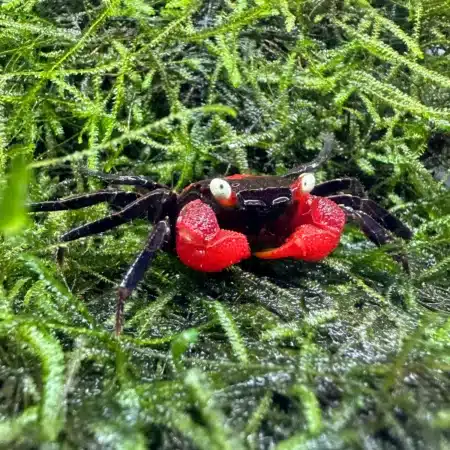To provide the best experiences, we use technologies like cookies to store and/or access device information. Consenting to these technologies will allow us to process data such as browsing behaviour or unique IDs on this site. Not consenting or withdrawing consent, may adversely affect certain features and functions.
The technical storage or access is strictly necessary for the legitimate purpose of enabling the use of a specific service explicitly requested by the subscriber or user, or for the sole purpose of carrying out the transmission of a communication over an electronic communications network.
The technical storage or access is necessary for the legitimate purpose of storing preferences that are not requested by the subscriber or user.
The technical storage or access that is used exclusively for statistical purposes.
The technical storage or access that is used exclusively for anonymous statistical purposes. Without a subpoena, voluntary compliance on the part of your Internet Service Provider, or additional records from a third party, information stored or retrieved for this purpose alone cannot usually be used to identify you.
The technical storage or access is required to create user profiles to send advertising, or to track the user on a website or across several websites for similar marketing purposes.
Red Devil Vampire Crab - Geosesarma Hagen - Decapod Crustacean 1 × £8.71
Golden Eyes Vampire Crab - Geosesarma Sp. - Decapod Crustacean 1 × £8.71


 Red Devil Vampire Crab - Geosesarma Hagen - Decapod Crustacean
Red Devil Vampire Crab - Geosesarma Hagen - Decapod Crustacean  Golden Eyes Vampire Crab - Geosesarma Sp. - Decapod Crustacean
Golden Eyes Vampire Crab - Geosesarma Sp. - Decapod Crustacean 















Emily Carter (verified owner) –
I purchased 10 Silver Sailfin Mollies about two months ago, and I couldn’t be happier with my decision! These freshwater fish have brought such life and vibrancy to my aquarium. After introducing them, I noticed how quickly they adapted to their new environment, showcasing their beautiful silver fins and lively swimming behavior. I love watching them interact with each other and the rest of my fish community. Compared to other mollies I’ve kept, these sailfins are much more active and social, making them a joy to observe. I do want to mention that they do need a good amount of space to swim freely, so ensure your tank is adequately sized. Overall, these mollies are perfect for anyone looking to add some dynamic color to their setup. I highly recommend them to both beginner and experienced aquarists alike. Shipping was prompt, and they arrived healthy and full of energy! If you’re concerned about their welfare, just ensure you maintain good water quality, and they will thrive! Will definitely purchase again!
Emily Carter (verified owner) –
I recently purchased 10 Silver Sailfin Mollies for my home aquarium, and I couldn’t be happier! After a week of watching them acclimate, they’ve settled in beautifully, showcasing their stunning fins and vibrant colors. These mollies are such social fish, swimming together in a joyful dance that brings life to my tank. Compared to other freshwater fish I’ve kept, these are incredibly easy to care for and are quite hardy.
I love that they’re livebearers, which adds an exciting dimension to my aquarium. I’ve already noticed a couple of little fry swimming around! My only minor concern is that they do enjoy a bit of space to roam, so I’d recommend having at least a 20-gallon tank for a comfortable environment.
For anyone looking to add vibrant life to their aquarium, I highly recommend Silver Sailfin Mollies. They’re perfect for both beginner and experienced aquarists alike. Plus, caring for them has been a delightful experience for me as a fish lover. Overall, I’m thrilled with my purchase, and I’d definitely buy them again!